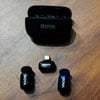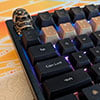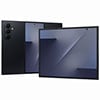When I travel, I want technology that blends into the background while making my life easier. That’s exactly what Rokid’s new smart glasses deliver. Announced in New York City this week, the Rokid Glasses are the world’s lightest full-function AI and AR glasses at just 49 grams. The Glasses combine a 12MP first-person camera, dual Micro LED waveguide displays, integrated directional audio, and AI-driven functions like real-time translation, transcription, object recognition, and navigation.
After spending hands-on time with them, I can say they look and feel just like regular eyewear – even on my somewhat narrow face. They’re light, comfortable, and discreet, a welcome shift from the bulky AR headsets of the past.

Real-world usefulness
The feature that strikes me as the most useful is the integrated real-time translation. I’ve been in situations abroad where conversations quickly become a frustrating mix of hand gestures and guesswork. With Rokid Glasses, the integrated microphones pick up the voice of the speaker, translates the speech using AI, and displays the translation near-instantly as on-screen subtitles.
The Glasses also have a built-in 12MP first-person camera, which I’d use constantly for in-the-moment photos. Pressing the button on the side (above the Rokid logo) enables you to take first-person perspective photos and videos. Since the Glasses are always available (they are already sitting on your face, after all), it can make for a more convenient process than pulling out your phone while exploring a new city, especially if you need your hands free.
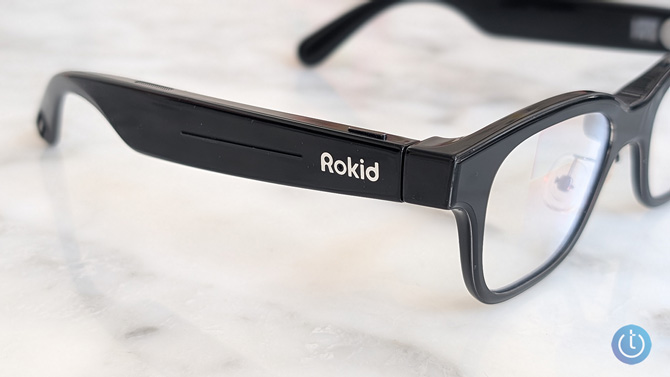
And with integrated ChatGPT (Rokid lets you select other LLMs through the app, if you have an alternative preference), I can get local restaurant recommendations, directions, or even a quick history lesson on a landmark – it’s like having a personal tour guide always with you.
Rokid’s Head of Global Operations & Business Innovation, Irene Long, emphasized that Rokid views the glasses not just as a product, but as a means to break down barriers. Long told me she relies most on the teleprompter and translation features herself. “Personally, I love traveling. Whenever I was in Eastern Europe or the Middle East, I couldn’t understand the local language. I used Rokid Glasses to translate,” she explained. She also highlighted how the glasses help her capture photos and videos while hiking or running marathons – moments that would be nearly impossible to record with a phone in hand.
Specs and ecosystem
The Rokid Glasses run on Qualcomm’s new AR1 platform, with dual Micro LED waveguide displays (480×398 resolution per eye, up to 1500 nits brightness), directional speakers, and a four-microphone array with AI noise cancellation. They’re water-resistant (IPX4), include a charging case that provides up to 10 recharges, and support prescription lens inserts via a magnetic clip. The clip in lenses are a smart solution if you'll occasionally be using the Glasses both with and without contacts, because you can pop them out when you don't need them and back in when you do.
Beyond hardware, Rokid is pushing for a global developer ecosystem, expanding its 15,000-member XR developer community from China to the rest of the world. That means more localized apps, real-world use cases, and, ideally, a richer experience for users that will expand over time.
Price and availability
The Rokid Glasses have launched on Kickstarter for $499 (MSRP $599) and will ship to backers in November.
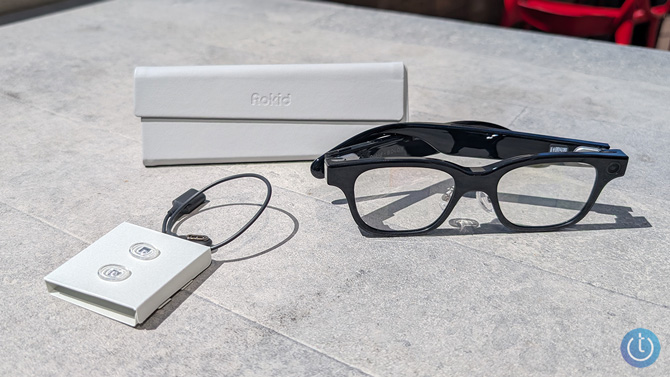
My take
AR glasses have been hyped before, but Rokid seems to have nailed the formula: lightweight, stylish, and genuinely useful. I wouldn’t wear something that looked awkward or drew stares, but these glasses pass the style test. For travel, especially, the combination of translation, AI assistance, and hands-free photography makes them a device I’d actually want to wear.
If smart glasses are ever going to move beyond novelty, this is the kind of design and functionality that could make it happen.
[Image credit: Techlicious]

